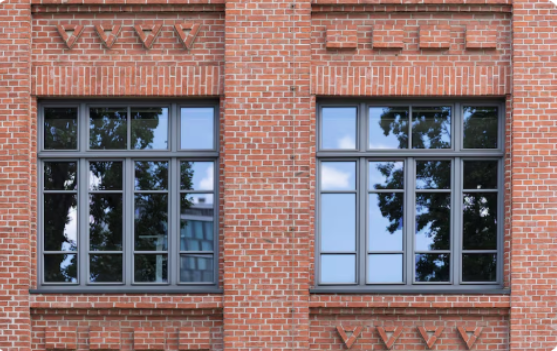The decision to proceed with a major home renovation like replacing windows can be daunting, but ignoring failing or outdated units carries significant costs in the form of wasted energy, discomfort, and diminished property value.
Windows are not a permanent feature; they have a lifespan, and their eventual degradation compromises the entire home’s thermal efficiency and security. Recognizing the key indicators that signal the need for new replacement windows is crucial.
By observing specific structural, operational, and financial red flags, homeowners can strategically time their window installation project to maximize energy savings, enhance their living environment, and protect their overall investment.
1. Significant Energy Bill Spikes Signal Need for Window Installation
One of the clearest financial indicators that your windows need replacing is a noticeable and consistent rise in utility bills, especially during peak heating and cooling seasons.
Old, single-pane windows or those with degraded seals and frames allow massive heat transfer, forcing your HVAC system to run longer and harder.
When your energy usage data shows excessive expenditure that cannot be attributed to higher rates or extreme weather, it is a strong signal that an energy-efficient replacement windows will provide a rapid return on investment.
2. Noticeable Drafts and Temperature Fluctuation Require Replacement Windows
If you can feel cold air leaking in during the winter, or if the glass panes feel icy to the touch, your windows are failing to insulate effectively. Drafts and uneven temperatures near the windows are direct evidence of compromised seals, poor frame materials, or structural gaps.
This discomfort is more than just an annoyance; it confirms that your home’s thermal envelope is broken, necessitating replacement windows to restore climate consistency and comfort.
3. Visible Condensation or Fogging Between Panes
Modern double- or triple-pane windows are filled with inert gas, which is contained by airtight seals (the insulated glazing unit or IGU). If you observe fogging, condensation, or a milky film between the glass panes that cannot be wiped away, it means the IGU seal has failed.
Once the seal is broken, the insulating gas has escaped, moisture has infiltrated, and the window has reverted to the thermal inefficiency of a single-pane unit. This issue is irreversible and demands immediate replacement.
4. Difficulty Operating or Locking the Sashes
Windows that stick when opened, won’t stay up, or are generally difficult to operate indicate mechanical failure, rot, or warping in the frames.
More critically, if the locks are broken or unable to secure the window tightly, security is compromised. When a window cannot be locked easily and securely, it represents a significant safety vulnerability that must be addressed through the full window installation of secure, modern units เหล็กเคลือบสี.
5. Visible Damage and Deterioration (Rot, Warping, Peeling)
External deterioration, such as peeling paint, soft or rotting wood frames, or warped vinyl, signifies that the window structure is failing and moisture damage is setting in.
Rot and warping can extend beyond the window itself into the surrounding wall structure, creating a pathway for water intrusion and mold growth.
This visible decay is a sign that the window is beyond simple repair and requires a comprehensive window installation to prevent structural damage to the home.
